

Articles
How To Store A Fountain Pen
Modified: January 8, 2024
Learn the best practices for storing a fountain pen and keeping it in optimal condition. Read our articles for expert tips and advice on preserving your writing instrument.
(Many of the links in this article redirect to a specific reviewed product. Your purchase of these products through affiliate links helps to generate commission for Storables.com, at no extra cost. Learn more)
Introduction
Storing a fountain pen properly is essential in preserving its longevity and maintaining its writing performance. Whether you are an avid collector or simply want to protect your beloved pen, following the right storage methods can make a significant difference. In this article, we will explore the various aspects of storing a fountain pen and offer valuable tips to ensure its long-term protection.
When it comes to storing a fountain pen, there are several factors to consider, including cleaning and preparation, proper positioning, protective cases, temperature and humidity considerations, long-term storage tips, and avoiding common mistakes. By understanding these aspects, you can effectively protect your fountain pen and enjoy its writing capabilities for years to come.
Before delving into the specifics of storage, it is crucial to highlight the importance of choosing the right storage method. Different pens require different storing techniques, depending on their materials and mechanisms. Moreover, understanding the significance of cleaning and preparation is crucial for preserving the pen’s ink flow and preventing any damage.
In the following sections, we will explore each element in detail and provide practical tips to optimize the storage of your fountain pen. By implementing these strategies, you can ensure that your precious writing instrument remains in excellent condition and performs at its best every time you use it.
Key Takeaways:
- Properly storing a fountain pen involves choosing the right storage method, cleaning and preparing the pen, and considering temperature and humidity factors to preserve its longevity and maintain optimal performance.
- Avoid common mistakes such as neglecting to clean the pen before storage, exposing it to extreme temperatures, or using inappropriate storage materials to protect your fountain pen from potential damage and ensure its excellent condition.
Read more: How To Store Fountain Pens
Choosing the Right Storage Method
When it comes to storing a fountain pen, selecting the appropriate storage method is crucial. The right storage method will not only protect your pen from damage but also maintain its ink flow and overall performance. Here are some important factors to consider when choosing the right storage method for your fountain pen:
- Individual Pen Case: One of the most common and effective ways to store a fountain pen is by using an individual pen case. These cases are specifically designed to hold a single pen securely and protect it from scratches, dust, and other potential sources of damage. Individual pen cases are available in various materials like leather, fabric, or plastic. Depending on your preference, you can opt for a hard-shell case or a soft pouch.
- Pen Trays: Pen trays are a great option if you own multiple fountain pens and want to store them together in an organized manner. These trays typically feature individual slots to hold each pen securely. Look for pen trays made of soft materials such as velvet or suede to ensure that the pens are protected from any potential damage.
- Pen Stands or Holders: If you prefer to display your fountain pen collection while keeping them easily accessible, pen stands or holders are an ideal choice. These stands not only provide a visually appealing way to showcase your pens but also keep them upright and ready for use. Opt for stands made of sturdy materials like wood or metal to ensure stability.
- Lockable Storage Box: If you have a valuable or rare fountain pen collection, investing in a lockable storage box can offer an extra layer of security. These boxes provide a secure and controlled environment for your pens, protecting them from unauthorized access, dust, and any potential mishaps.
- Customized Displays: For collectors or enthusiasts looking to showcase their fountain pen collection, customized display cases or cabinets can be an excellent choice. These displays are designed to not only protect the pens but also enhance their visual appeal. Custom displays can be tailored to your specific needs, allowing you to showcase your pens proudly.
When choosing the right storage method, consider the number of pens you have, the level of protection required, and your personal preferences. It’s important to select a storage method that aligns with your needs and ensures the safety and longevity of your fountain pens.
Cleaning and Preparation
Before storing your fountain pen, it’s crucial to clean and prepare it properly. This ensures that the pen is free from any residual ink or debris that could potentially clog the nib or affect the ink flow. Cleaning your pen before storage also helps prevent any potential damage caused by dried ink.
To clean your fountain pen, follow these steps:
- Empty the ink: Start by emptying the ink from your pen. Depending on the type of pen, you may need to use the converter to draw out any remaining ink or use a bulb syringe to flush out the ink from the pen.
- Flush with water: Fill a glass or cup with lukewarm water and immerse the nib and feed section of the pen into it. Gently flush out any remaining ink by repeatedly expelling and drawing in the water through the nib.
- Dry thoroughly: After cleaning, carefully dry the nib and feed section of the pen using a soft, lint-free cloth. Ensure that no water remains before storing the pen, as moisture can cause damage over time.
- Remove the nib: If you prefer a deeper clean, you can remove the nib from the pen. Check the manufacturer’s instructions for guidance on how to safely remove and reinsert the nib. Clean the nib separately by rinsing it under running water and gently wiping it dry.
- Inspect for damage: While cleaning, take the opportunity to inspect your pen for any signs of damage or wear. Look for cracks, scratches, or loose components. If you notice any issues, address them before storing the pen to prevent further damage.
Once your fountain pen is cleaned, it’s important to properly prepare it for storage. Here are a few additional steps to ensure the pen remains in optimal condition:
- Reassemble the pen: If you removed the nib for cleaning, carefully reassemble it according to the manufacturer’s instructions. Ensure that it is securely in place and aligned correctly.
- Run a test: Before storing the pen, it’s a good idea to write with it to ensure that the ink flows smoothly and there are no issues with the nib. This way, you can address any issues before storing the pen for an extended period.
- Consider using a pen flush: For more thorough cleaning, you may want to consider using a specialized pen flush solution. Follow the instructions carefully and ensure that you flush out any traces of the solution from the pen before storing it.
By cleaning and preparing your fountain pen properly, you can prevent ink clogs, maintain good ink flow, and ensure that the pen is ready for use when you retrieve it from storage.
Proper Positioning
When it comes to storing your fountain pen, the proper positioning is key to maintaining its performance and preventing any potential issues. Here are some important guidelines for positioning your pen:
- Nib up or nib down: One common debate is whether to store your fountain pen with the nib up or nib down. While there is no definitive answer, it’s generally recommended to store your pen with the nib facing up. This helps prevent any ink from pooling at the nib and potentially drying out or causing clogs. However, if you have a particularly leaky pen or are concerned about ink leaking into the cap, storing it nib down can be a viable option.
- Avoid extreme angles: Regardless of whether you store your pen nib up or nib down, it’s important to avoid extreme angles. Storing the pen at an extreme angle can lead to ink flow issues or even ink leakage. Ideally, your pen should be positioned upright or at a slight angle to ensure proper ink flow without any excessive pressure on the nib.
- Avoid placing heavy objects on top: When storing your fountain pen, make sure to avoid placing any heavy objects on top of it. Excessive pressure on the pen can cause damage to the nib or other delicate components. Store your pen in a dedicated space where it won’t be accidentally crushed or damaged.
- Maintain proper orientation in a case: If you are using a pen case or holder for storage, ensure that the pen is positioned properly within it. The pen should fit securely and snugly in its designated slot, preventing any movement or potential damage. If the case has individual compartments for multiple pens, make sure that they are appropriately positioned and separated to avoid any contact or damage.
By following these positioning guidelines, you can ensure that your fountain pen is stored in a manner that maintains its performance and minimizes the risk of any ink-related issues. Proper positioning plays a significant role in preserving your pen’s functionality and allowing for a pleasant writing experience when you retrieve it from storage.
Protective Cases and Sleeves
Using protective cases and sleeves is an effective way to safeguard your fountain pen from scratches, impacts, and other external factors that could damage it. These protective accessories provide an extra layer of protection while your pen is in storage or during transportation. Here are some options to consider:
- Pen Cases: Pen cases, as mentioned earlier, are a popular choice for storing and protecting individual pens. They come in various sizes and materials, such as leather, fabric, or plastic. Pen cases typically have separate compartments or slots to securely hold your pen and prevent them from shifting or rubbing against each other.
- Sleeves and Pouches: Sleeves and pouches are lightweight and convenient options for protecting your fountain pen. They are typically made of soft materials like fabric or neoprene and offer a simple yet effective way to shield your pen from scratches and minor impacts. Sleeves are often slim and can easily fit into a bag or pocket, making them ideal for those who frequently carry their pens with them.
- Pen Wraps: Pen wraps are versatile accessories that can accommodate multiple pens while providing individual compartments for each. They are typically made of fabric and can be rolled up or folded to keep your pens secure and protected. Pen wraps are an excellent option for travelers or those who want to store and transport several pens together.
- Pen Slips: Pen slips are simple yet effective protective sleeves that are usually made of soft materials like fabric or leather. They offer basic protection from scratches and can be easily slid on and off your pen. Pen slips are a convenient option for pens stored in pen trays or cases, providing an extra layer of protection while the pen is in storage.
- Customized Leather Cases: If you have a valuable or treasured fountain pen, investing in a customized leather case can offer both protection and a touch of luxury. These cases are tailor-made to fit your pen perfectly and provide a high level of protection against scratches, impacts, and dust. Customized leather cases are excellent for showcasing your pen collection or as a special presentation case for a cherished pen.
When choosing a protective case or sleeve, consider factors such as the level of protection required, the number of pens you need to store, and your personal preferences. Ensure that the case or sleeve you choose fits your pen securely and provides adequate protection from potential damage.
By using protective cases and sleeves, you can protect your fountain pen from scratches, impacts, and other external factors that could diminish its appearance or affect its functionality. These accessories offer peace of mind and preserve the beauty and performance of your pen in storage or while on the go.
When storing a fountain pen, make sure to clean it thoroughly with water and dry it completely to prevent ink from drying and clogging the nib. Store it in a cool, dry place away from direct sunlight to prevent fading or damage to the pen and ink.
Read more: How To Store Fountain Pen When Not In Use
Temperature and Humidity Considerations
Temperature and humidity play a significant role in preserving the materials and performance of your fountain pen. Extreme conditions can negatively impact the ink, barrel, nib, and overall functionality of your pen. Here are some essential considerations to keep in mind:
- Avoid extreme heat: High temperatures can cause the ink inside your pen to expand, potentially leading to leaks or ink flow issues. Avoid storing your pen in direct sunlight or near sources of heat, such as radiators or heaters. Extreme heat can also damage the barrel material and cause warping or discoloration.
- Protect from extreme cold: Cold temperatures can cause the ink to thicken or even freeze, preventing smooth ink flow. When exposed to low temperatures, the materials of a fountain pen can become brittle and more prone to damage. Avoid storing your pen in extremely cold environments and protect it during transportation in colder climates.
- Maintain consistent humidity: Fluctuations in humidity levels can affect the ink flow and materials of your fountain pen. High humidity can lead to ink smearing or even mold growth, while low humidity can cause the ink to dry out and result in clogs. Store your pen in an environment with a stable humidity level, preferably around 40-60% humidity.
- Use a dehumidifier or humidifier if necessary: In areas with high humidity, consider using a dehumidifier to maintain a stable environment for your pen. Conversely, if you reside in a dry climate, a humidifier can help prevent the ink from drying out. Investing in a hygrometer can assist in monitoring and adjusting humidity levels as needed.
- Avoid sudden temperature changes: Rapid changes in temperature can cause condensation to form inside the pen, which can lead to ink flow issues and potential damage. Avoid exposing your pen to sudden temperature fluctuations and allow it to acclimate gradually when moving between different temperature environments.
By taking temperature and humidity considerations into account, you can safeguard your fountain pen from potential damage and ensure its optimal performance. Storing your pen in a stable environment with moderate temperatures and humidity levels will help preserve its ink flow, prevent clogs, and maintain the overall integrity of the pen.
Long-Term Storage Tips
If you plan to store your fountain pen for an extended period, it’s important to take additional precautions to ensure its preservation. Here are some useful tips for long-term storage:
- Choose an appropriate storage location: Select a storage area that is cool, dry, and protected from direct sunlight. Avoid areas with fluctuations in temperature or high humidity levels, such as basements or attics.
- Disassemble the pen if necessary: Depending on the pen model and manufacturer instructions, consider disassembling your pen for long-term storage. This can help prevent potential issues caused by dried ink or components becoming stuck together. Ensure that you safely store the disassembled parts in a labeled container.
- Clean and dry the pen thoroughly: Before storing your fountain pen, ensure that it is completely clean and dry. Any residual ink left in the pen can dry and lead to clogs or damage. Use the cleaning and preparation steps mentioned earlier in this article to ensure a thorough cleaning.
- Protect the nib: If you are concerned about potential damage to the nib during storage, consider using a nib cover or protector. These accessories provide an additional layer of protection for the delicate nib and can minimize the risk of bending or scratching.
- Store the pen horizontally: While short-term storage may involve storing the pen upright, long-term storage is often best done horizontally. Storing the pen horizontally helps distribute the ink evenly, prevents potential ink pooling at the nib, and reduces the risk of leaks or drying out.
- Avoid storing near magnetic sources: Keep your fountain pen away from magnetic sources like speakers or hard drives. Magnetic fields can potentially damage the internal components or disrupt the ink flow mechanism of your pen.
- Inspect periodically: Even during long-term storage, it’s important to periodically inspect your pen to ensure that there are no signs of damage or deterioration. Check for any changes in the pen’s appearance, such as discoloration, warping, or loose components. Regular inspections will allow you to address any issues promptly.
- Rotate ink cartridges or converters: If your fountain pen uses cartridges or a converter, consider rotating them periodically during storage. This helps prevent the ink from drying out or clogging in one spot. Remove the cartridge or converter, clean it, and reinsert it into the pen.
By implementing these long-term storage tips, you can maintain the quality and performance of your fountain pen throughout its period of storage. With proper care and attention, your pen will remain in excellent condition, ready to use whenever you retrieve it from storage.
Avoiding Common Mistakes
When it comes to storing a fountain pen, there are some common mistakes that should be avoided to ensure the longevity and optimal performance of your pen. By being aware of these pitfalls, you can prevent potential damage and ensure that your pen remains in excellent condition. Here are some common mistakes to avoid:
- Neglecting to clean the pen before storage: Failing to clean your fountain pen before storing it can lead to dried ink clogs and potential damage. Ensure that you thoroughly clean and dry the pen before putting it away for an extended period. This will prevent issues when you retrieve the pen for future use.
- Storing the pen with ink inside: Leaving ink in your pen during storage can lead to ink evaporation, drying out, or potential leaks. Always empty the ink reservoir before storing the pen and ensure that it is completely dry before sealing it in a case or sleeve.
- Exposing the pen to extreme temperatures: Extreme heat or cold can be detrimental to your fountain pen. Avoid storing your pen in areas prone to temperature fluctuations, such as near heaters or in direct sunlight. Extremes in temperature can cause ink issues, material damage, and affect overall pen performance.
- Storing the pen in a humid environment: High humidity can lead to ink smearing, mold growth, and potential damage to the pen materials. Avoid storing your pen in humid areas like bathrooms or basements. Instead, choose a dry and stable location for storing your fountain pen collection.
- Using inappropriate storage materials: Opt for protective cases, sleeves, or wraps made of materials that are non-abrasive and won’t chemically react with the pen materials. Avoid using materials that may scratch or damage the surface of the pen, such as rough fabrics or incompatible plastics.
- Leaving the pen in direct sunlight: Exposure to direct sunlight can cause the color of your fountain pen to fade or the materials to deteriorate. Always store your pen in a shaded area to protect it from harmful UV rays, especially if the pen has a transparent or translucent barrel.
- Ignoring the pen’s unique needs: Different fountain pens have specific care requirements. Take the time to familiarize yourself with the manufacturer’s instructions and recommendations for your specific pen model. This will ensure that you are storing and maintaining your pen in the best possible way.
- Not periodically checking on the stored pens: Even when in storage, it’s important to periodically inspect your pens for any signs of damage or issues. Regularly check for loose components, ink residue, or any changes in the pen’s appearance. Address any concerns promptly to prevent further damage.
By avoiding these common mistakes, you can protect your fountain pen from potential damage and ensure that it remains in optimal condition throughout its storage period. Taking the time to care for your pen properly will help preserve its value and allow you to enjoy its smooth writing experience for years to come.
Conclusion
Properly storing a fountain pen is essential for preserving its longevity, protecting its performance, and ensuring a pleasant writing experience. By following the right storage methods, cleaning and preparation techniques, and considering temperature and humidity factors, you can safeguard your fountain pen and keep it in optimal condition.
Choosing the right storage method, whether it’s an individual pen case, pen tray, or pen stand, provides the necessary protection and organization for your fountain pen collection. Using protective cases, sleeves, or wraps adds an extra layer of defense against scratches and impacts, keeping your pen safe during storage or transportation.
Cleaning your fountain pen before storage not only prevents ink clogs but also prepares it for optimal performance when you retrieve it in the future. Disassembling the pen if necessary and inspecting it regularly for any signs of damage are important steps in maintaining the pen’s integrity.
Avoiding common mistakes, such as neglecting to clean the pen before storage, exposing it to extreme temperatures, or using inappropriate storage materials, can help prevent potential damage and ensure that your pen remains in excellent condition.
By implementing the tips and techniques outlined in this article, you can preserve the longevity and quality of your fountain pen collection. Storing your pen in a suitable environment, maintaining proper cleanliness, and using protective accessories will help protect your investment and allow you to continue enjoying the pleasure of writing with your fountain pens for years to come.
Remember, each pen may have its own unique needs and specifications, so it’s always worth referring to the manufacturer’s instructions or seeking additional guidance if needed. With proper care and attention, your fountain pen can be a cherished writing tool that brings joy and elegance to your everyday writing.
Frequently Asked Questions about How To Store A Fountain Pen
Was this page helpful?
At Storables.com, we guarantee accurate and reliable information. Our content, validated by Expert Board Contributors, is crafted following stringent Editorial Policies. We're committed to providing you with well-researched, expert-backed insights for all your informational needs.
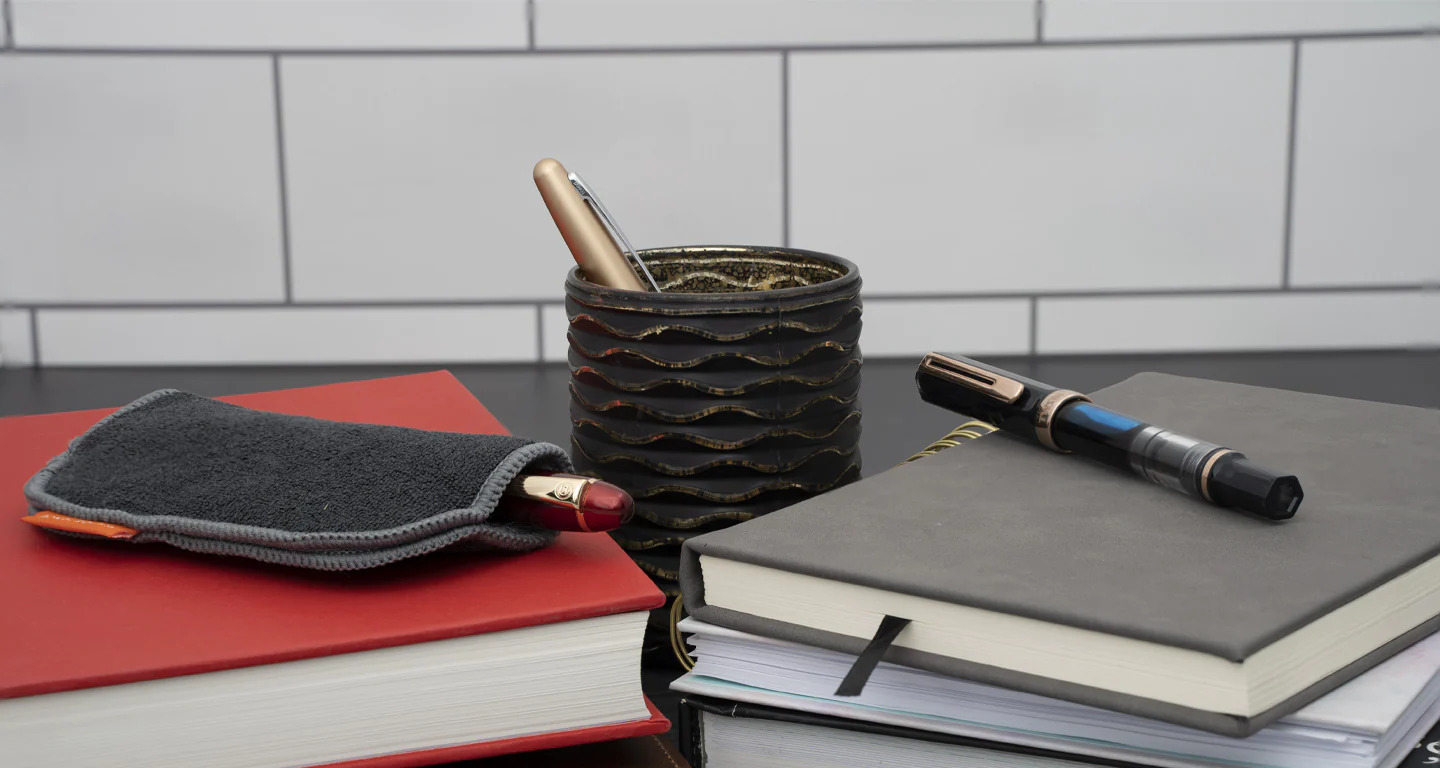
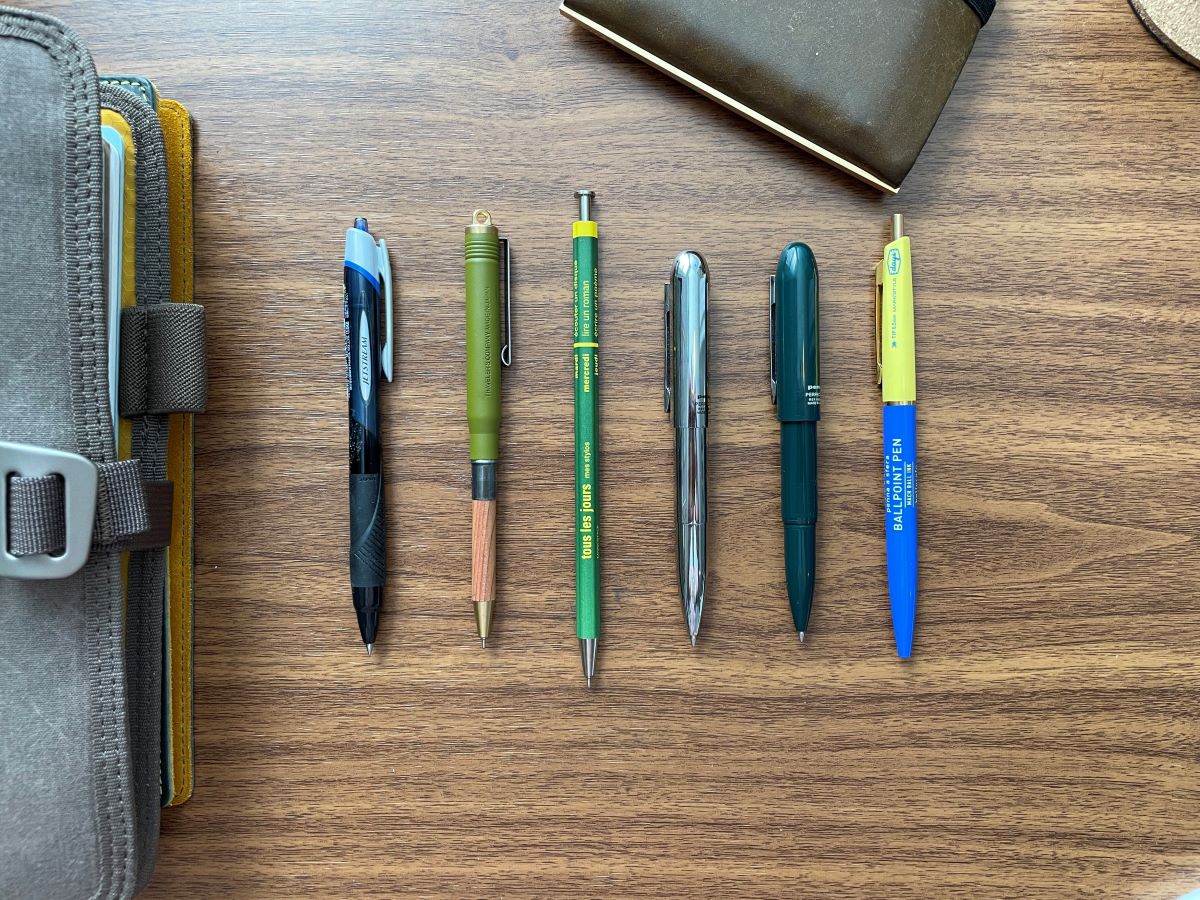

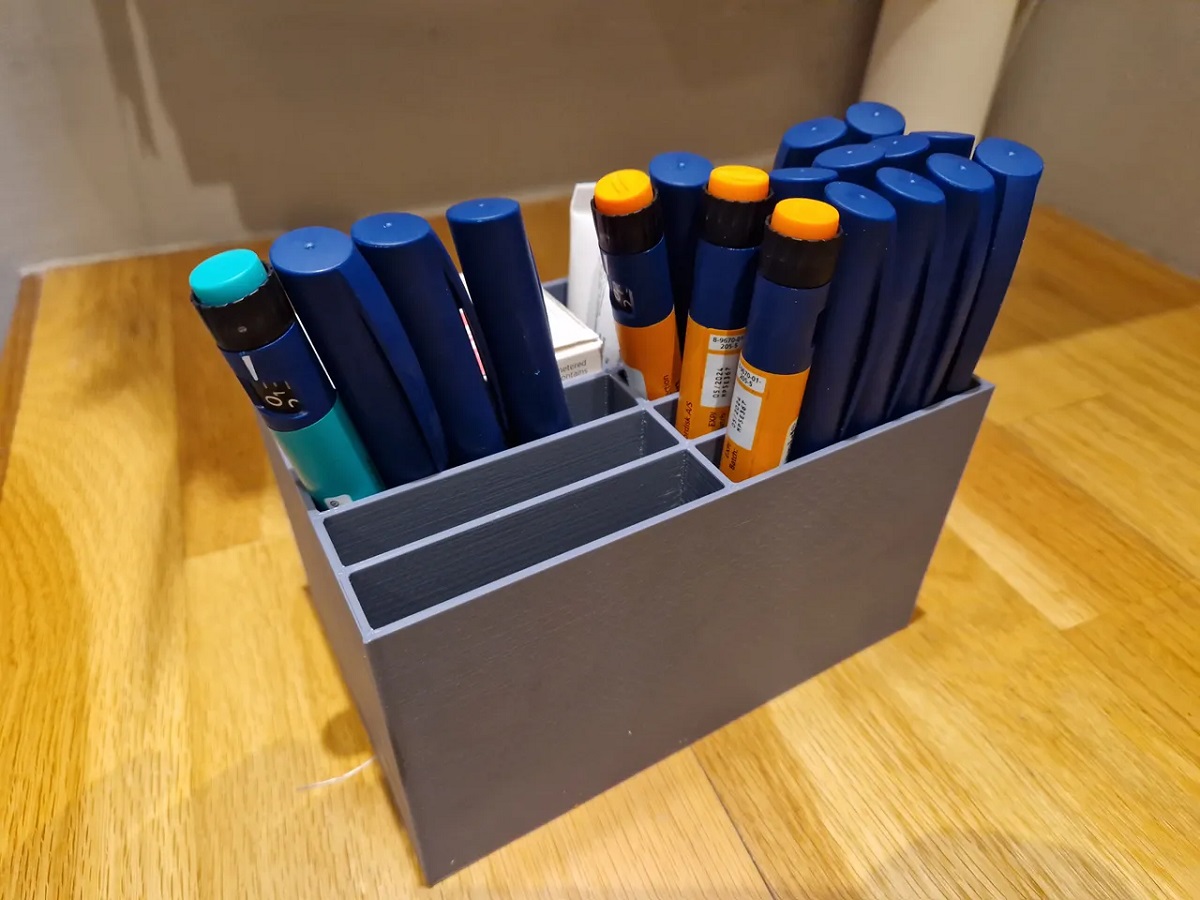
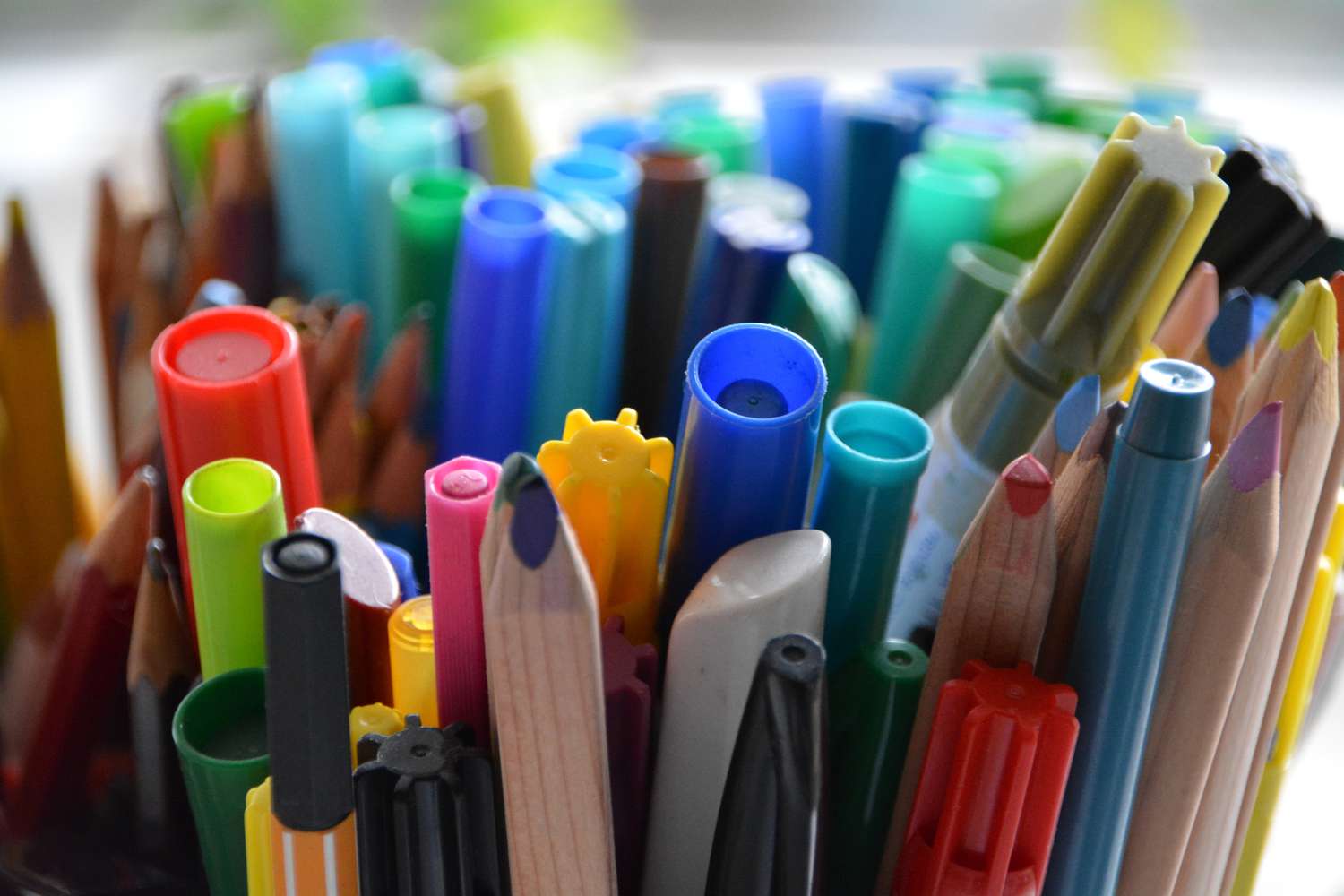
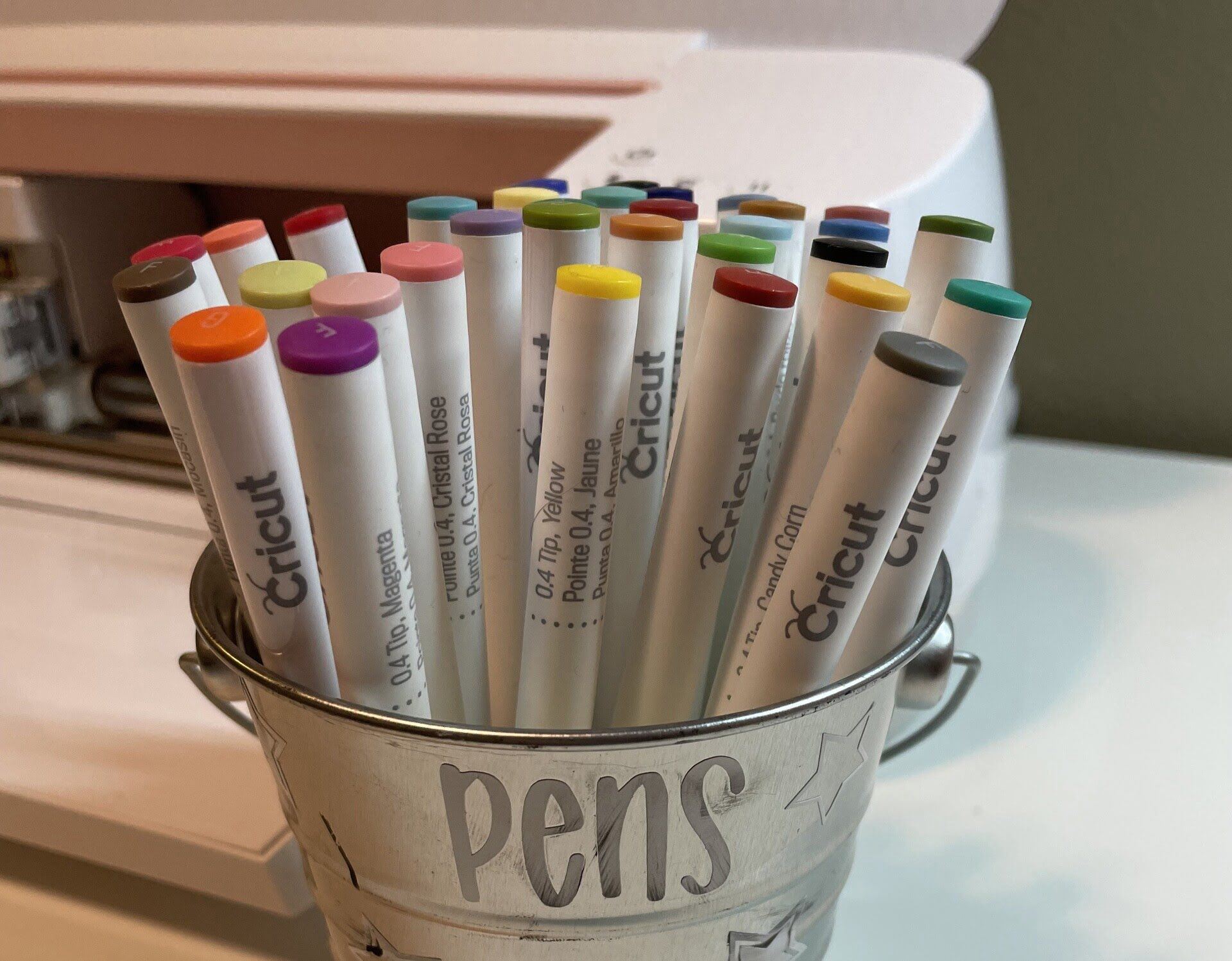

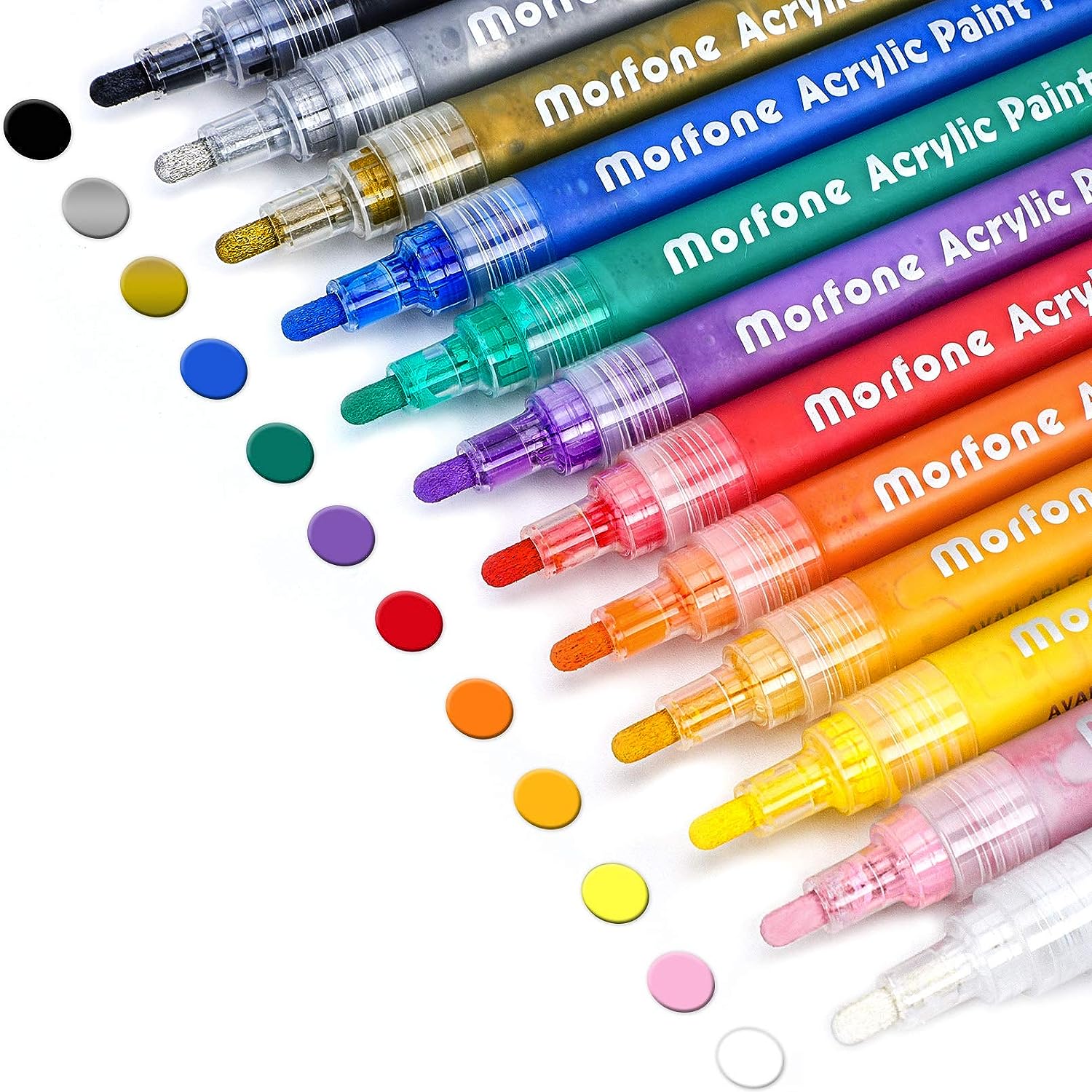
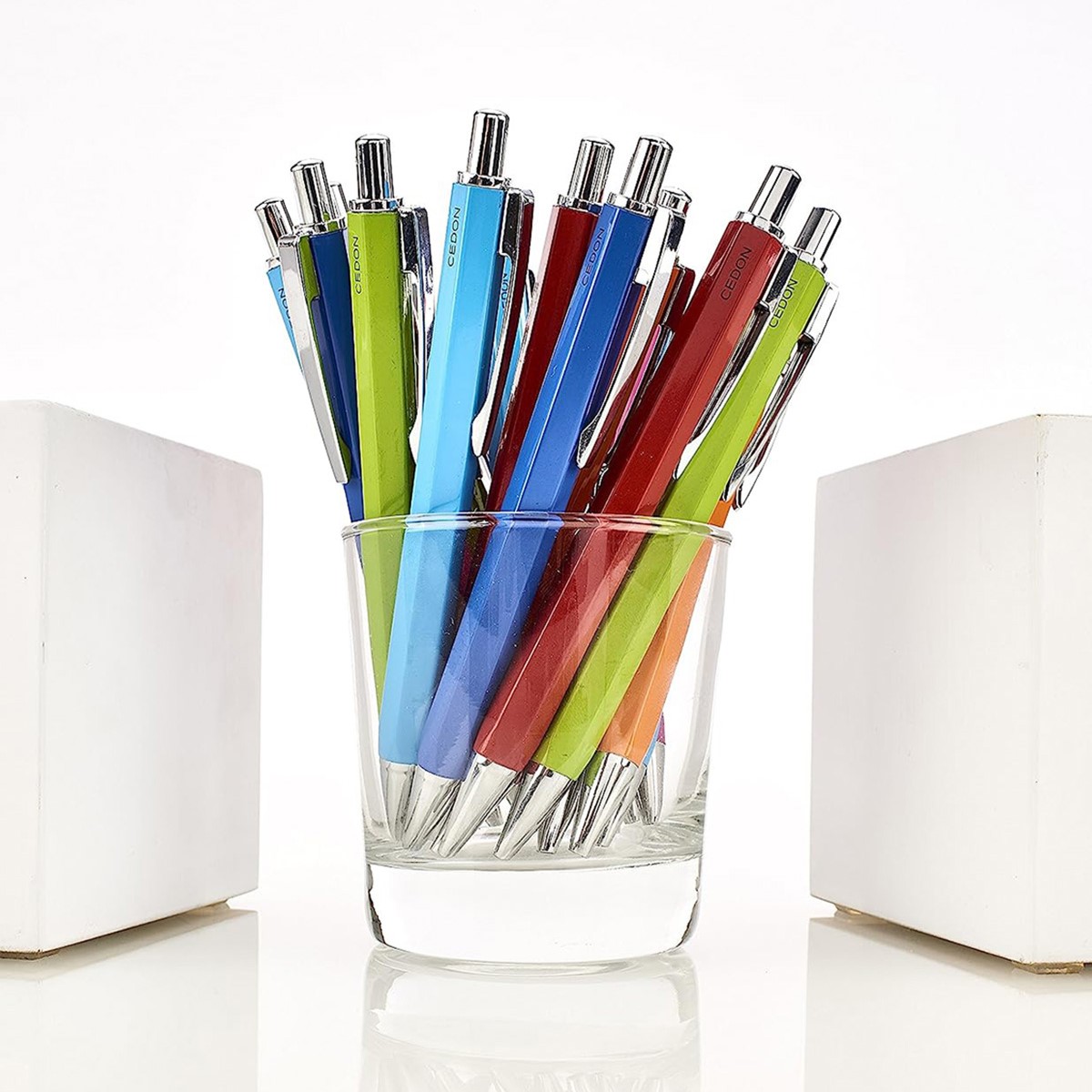


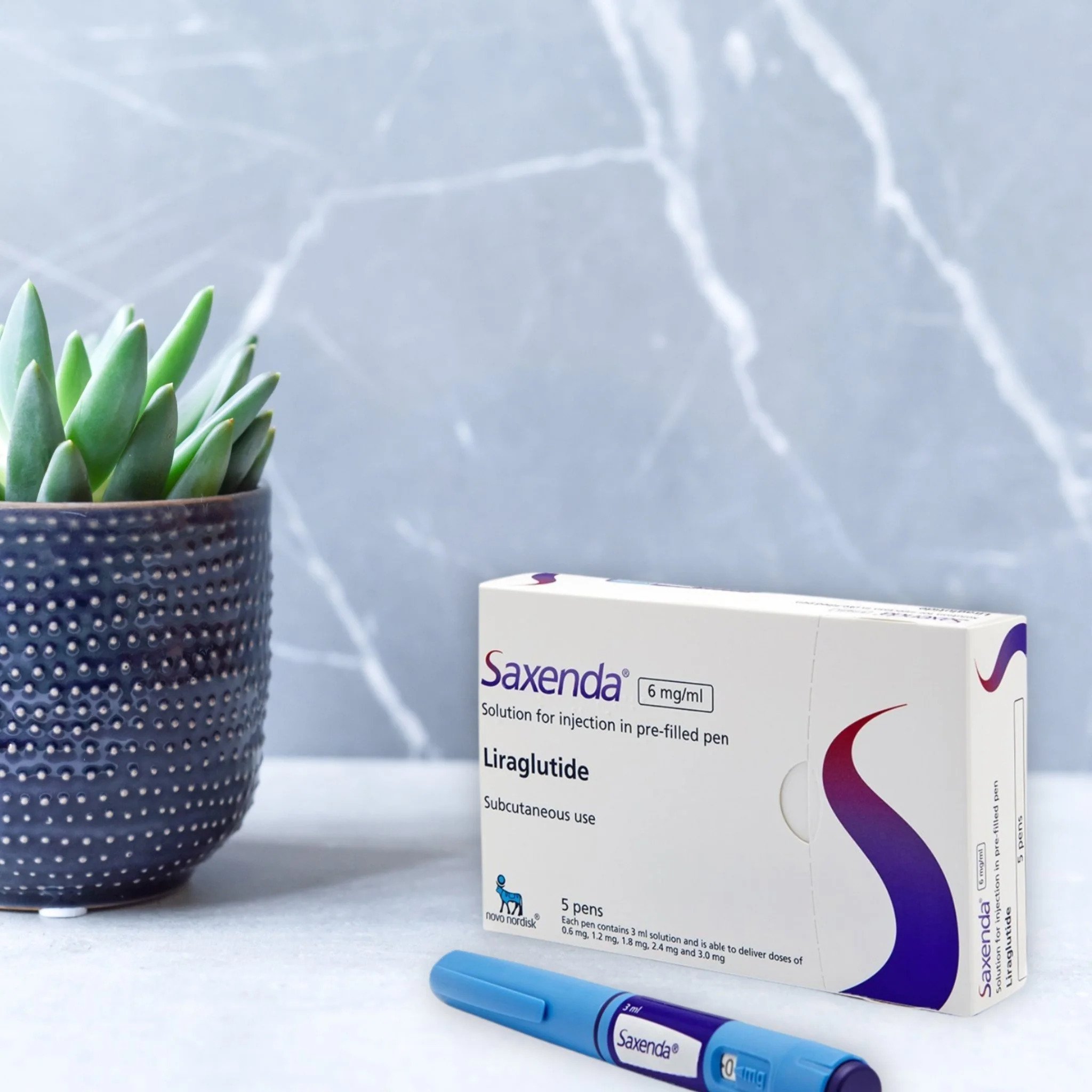
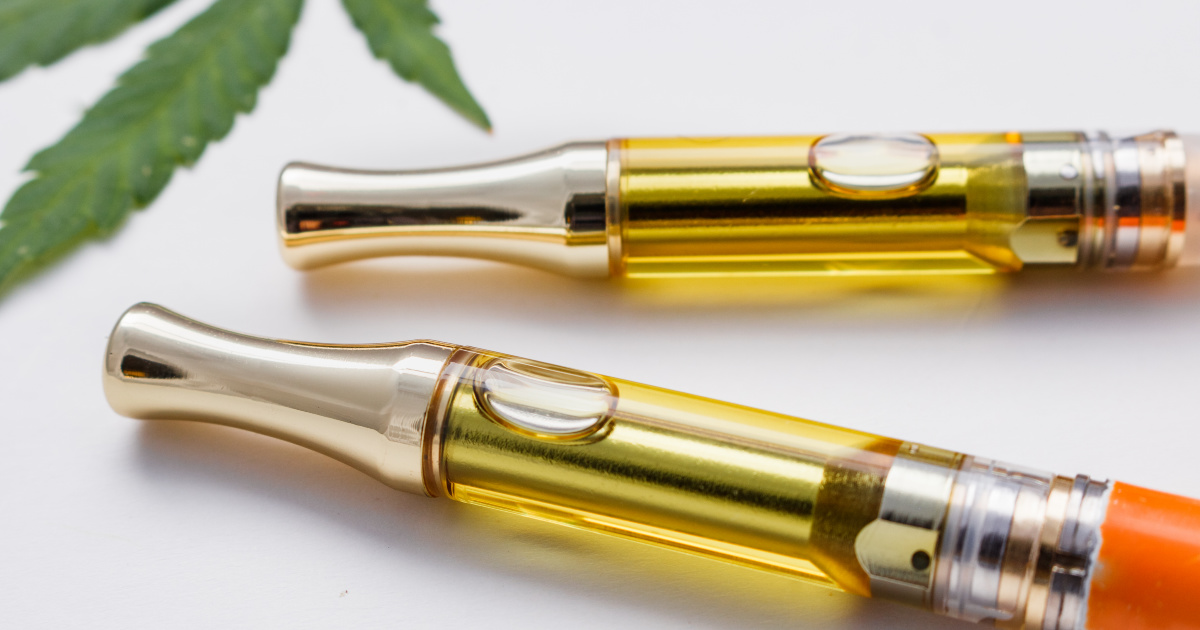
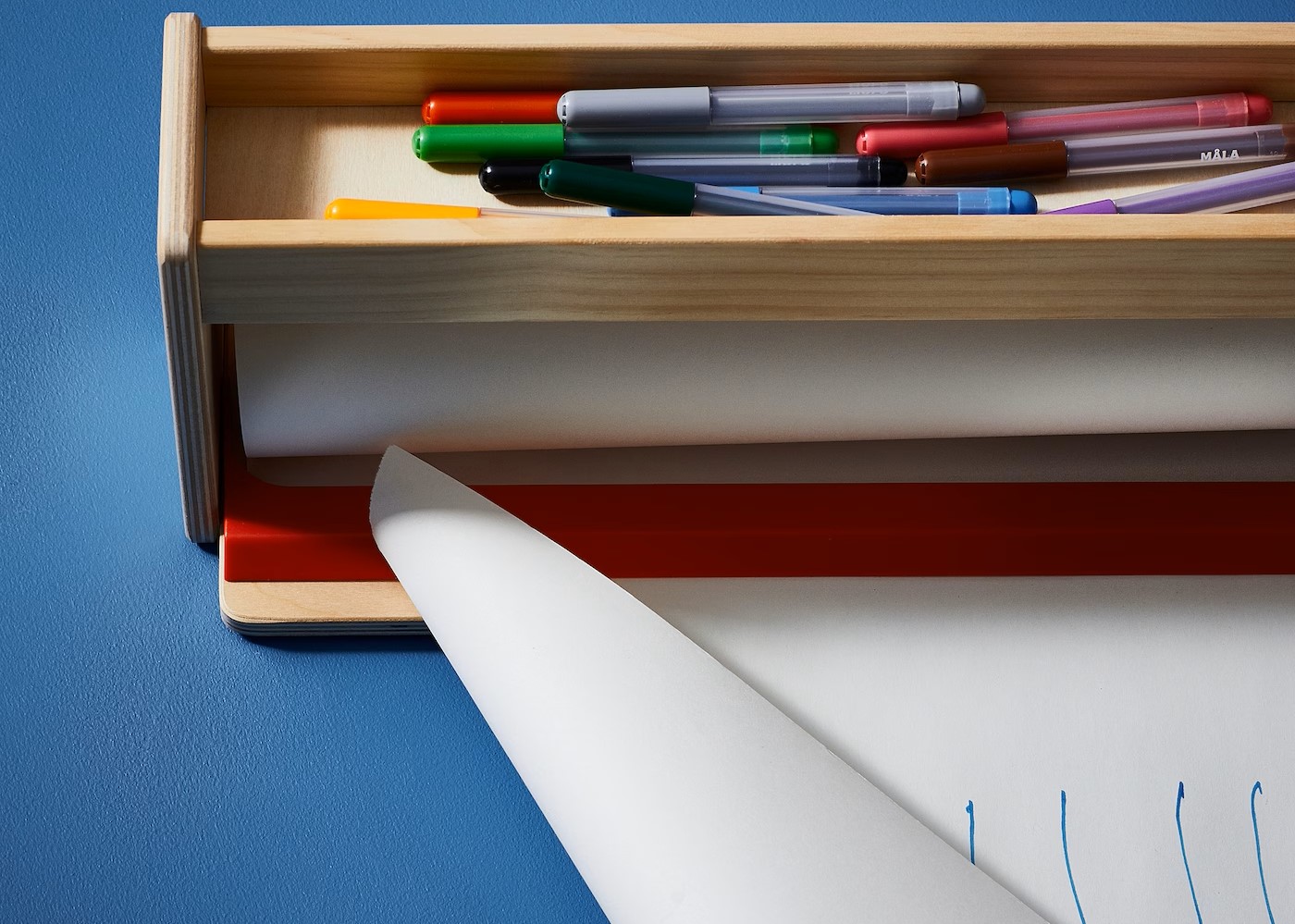

0 thoughts on “How To Store A Fountain Pen”